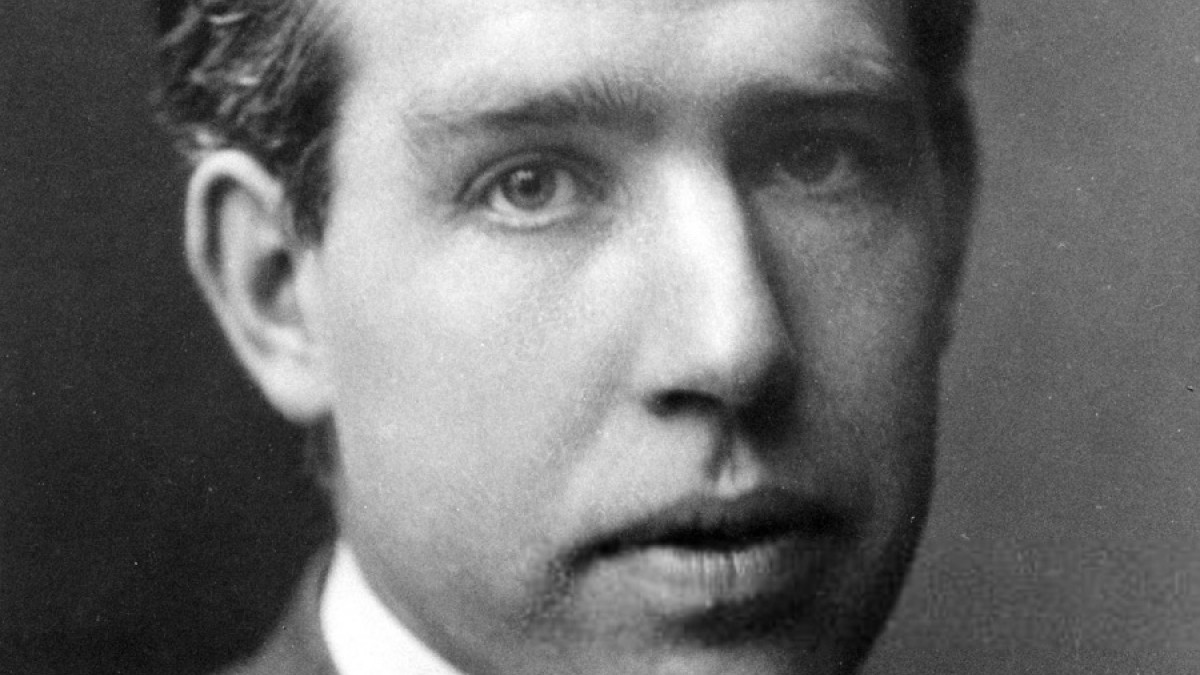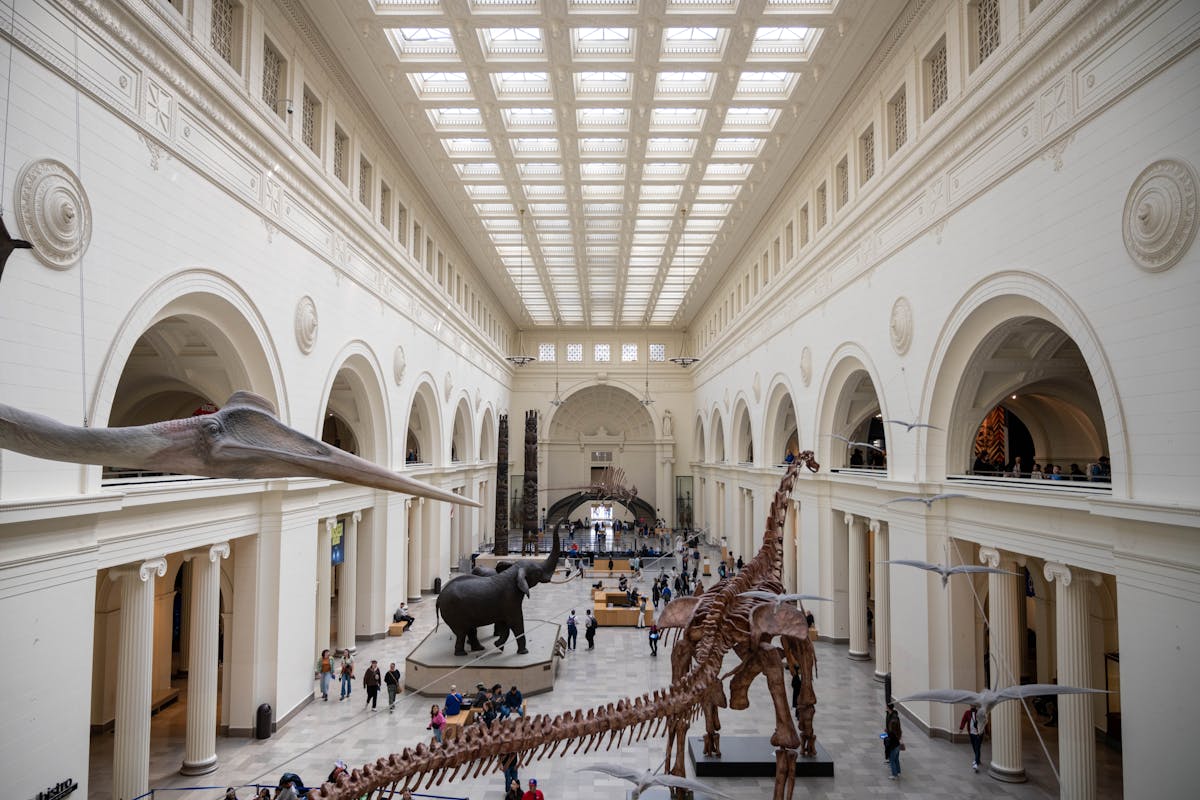Charles Darwin stands as an influential figure in the realm of biology. His groundbreaking work significantly changed the course of scientific investigation, altering how people perceive life. Darwin’s theories not only characterized the study of evolution but also offered a compelling account of life’s diversity and the processes that lead to adaptation and transformation among species. By questioning prevailing norms, Darwin’s thoughts both unsettled and enhanced scientific discussions, laying down foundations that remain pertinent to modern-day studies.
The Biological Environment Before Darwin
Prior to Darwin’s era, the dominant view upheld by most naturalists was one of static species, rooted in the doctrine of special creation. Life was generally perceived as a sequence of immutable forms arranged on a linear “Great Chain of Being,” an idea stretching back to ancient philosophy. Though several thinkers, such as Jean-Baptiste Lamarck, proposed early concepts of evolution, none supplied a robust mechanism that could account for the gradual change observed in nature. This absence created both scientific and philosophical gaps that Darwin would later address.
Darwin’s Journey and the Origin of Evolutionary Ideas
The journey that cemented Darwin’s place in biological history began in 1831, when he embarked on H.M.S. Beagle as a naturalist. During the five-year expedition, Darwin meticulously documented geological formations, fossils, and living organisms from diverse regions, ranging from the rainforests of South America to the unique biota of the Galápagos Islands.
The finches of the Galápagos, later termed “Darwin’s finches,” were especially influential. The varying beak shapes adapted to different food sources illustrated the dynamic fit between organisms and their environments. This observation played a pivotal role in stimulating Darwin’s thinking about natural variation and adaptive change.
Formulation of Natural Selection
Upon returning to England, Darwin compiled years of observations and letters, which led to the development of the theory of evolution through natural selection. This concept is based on noticeable characteristics:
Variation: Members of a species show inherited differences. Overproduction: Species generate offspring in numbers exceeding survival capacities. Competition for resources: Limited availability of necessities like food and shelter leads to rivalry. Differential survival and reproduction: Those with characteristics well-matched to their surroundings have higher chances of survival and reproduction. Descent with modification: Across generations, beneficial traits increase in frequency within the group.
These elements created a self-reinforcing cycle, explaining the gradual transformation of species and the emergence of adaptation without invoking supernatural intervention.
The Impact of ‘On the Origin of Species’
In 1859, Darwin released On the Origin of Species by Means of Natural Selection, a publication that sparked an intellectual upheaval. This volume gathered evidence from fields such as paleontology, embryology, anatomy, and geographic distribution, integrating various elements into a unified narrative of evolutionary transformation.
Reception was polarized; while many scientists recognized the explanatory power of Darwin’s arguments, resistance arose from both scientific and religious spheres. Notably, the absence of a known mechanism for heredity—a gap not closed until the rediscovery of Mendelian genetics—drew criticism. Nonetheless, natural selection became the central unifying theory in biology.
Legacy in Modern Biology
Darwin’s contributions extended beyond the theory of natural selection. He introduced the concept of common descent, offering a framework that unified the diversity of life under shared ancestry. This understanding catalyzed new fields, including evolutionary developmental biology and phylogenetics.
Contemporary genetics, population biology, and molecular evolution are built upon the principles established by Darwin. The fusion of Mendelian genetics with natural selection during the 20th century, known as the “modern synthesis,” reinforced and broadened Darwin’s framework. Projects involving genome sequencing, the field of comparative genomics, and the study of evolutionary medicine can all find their theoretical origins in Darwin’s initial hypotheses.
Moreover, Darwin’s approach emphasized empirical observation, comparative analysis, and the utility of testable hypotheses. His methodological rigor sets a standard still emulated in current scientific endeavors.
Broadening the Scope of Scientific and Public Thinking
Darwin’s influence transcends scientific boundaries. His work instigated profound philosophical debates concerning human origins, consciousness, and the interconnectedness of life. By relocating humanity from a privileged place in creation to a branch on the vast tree of life, Darwin redefined our relationship to the natural world.
Examples of Darwinian thinking permeate fields as diverse as psychology—especially evolutionary psychology—conservation biology, and anthropology. Technologies informed by evolutionary algorithms mimic the principles of selection and adaptation to solve complex computational problems, further demonstrating the enduring applicability of Darwin’s ideas.
Darwin’s impact on the globe
Darwin’s legacy is a scientifically grounded, evidence-based framework for understanding life’s complexity, variability, and interconnectedness. His insights ignited a journey of discovery that continues to unfold, empowering subsequent generations to approach the mysteries of life with curiosity, skepticism, and a reverence for empirical knowledge. By elucidating how simple processes could yield extraordinary diversity over time, Darwin not only advanced biology; he provided a lens through which the story of life is continually retold and reimagined.
:max_bytes(150000):strip_icc()/Charles-Darwin-3000-3x2gty-58b9982e5f9b58af5c6a277f.jpg)



